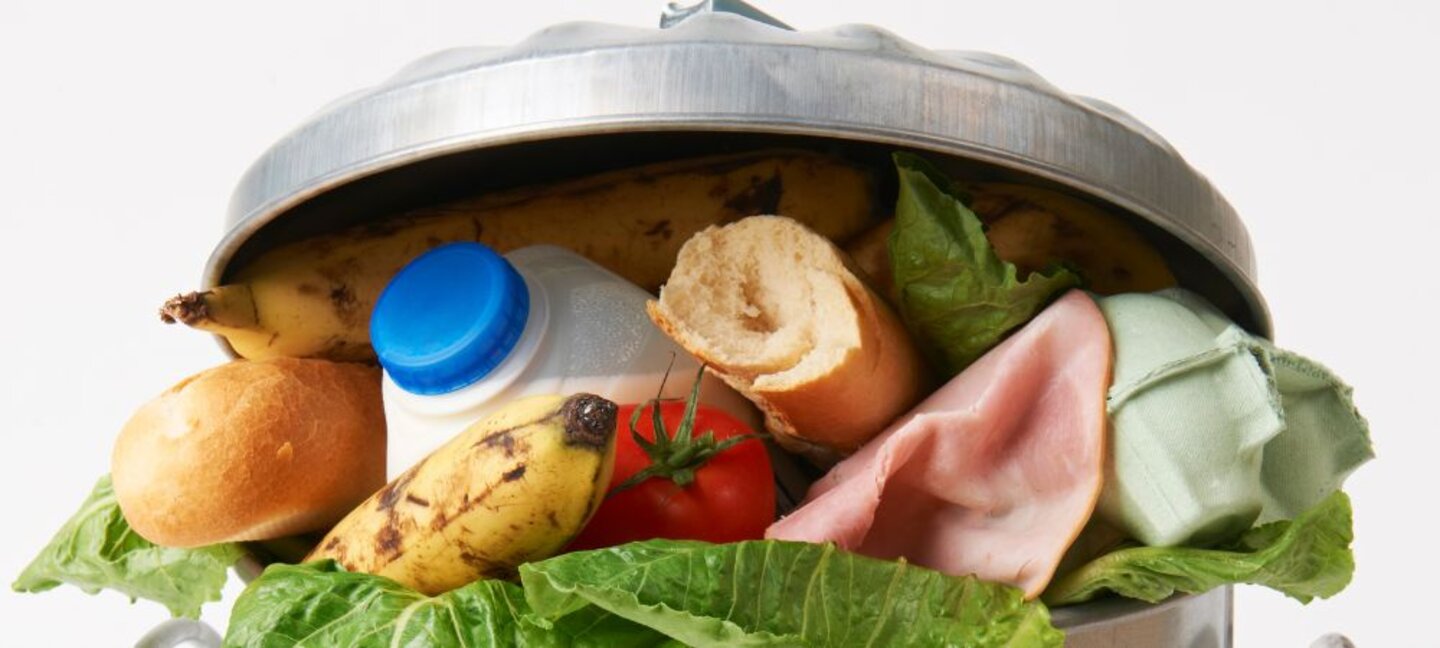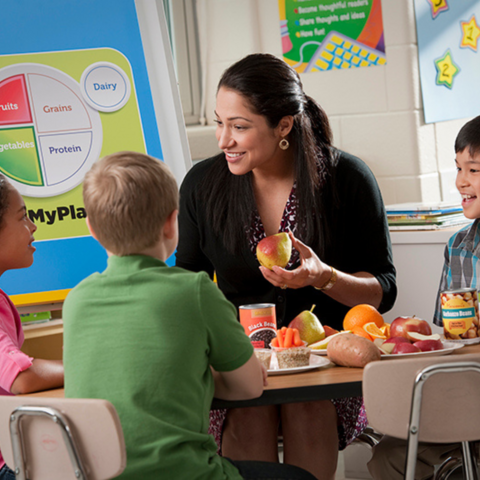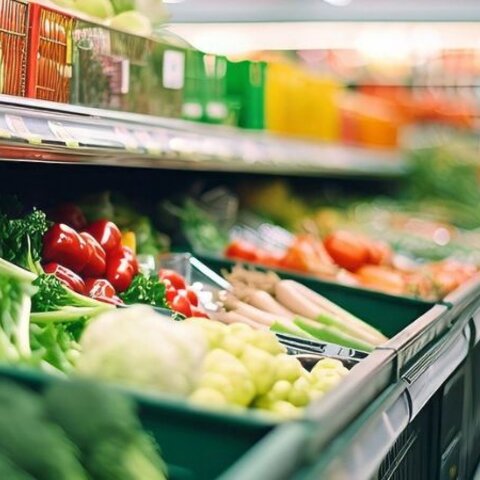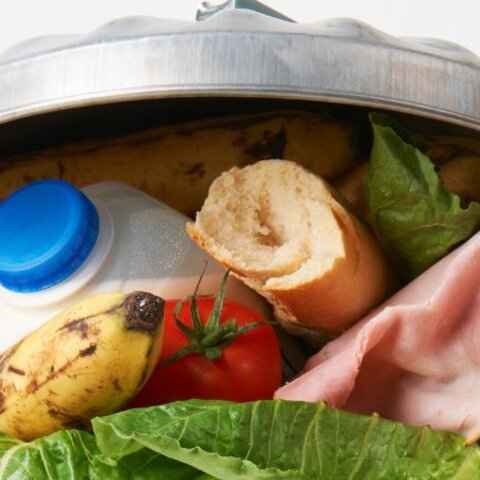
Between 30-40 percent of the United States food supply goes uneaten according to the Food and Drug Administration. Each year, the average American family of four loses $1,500 to uneaten food.
Most people don't realize how often they waste food and the negative impacts it can have for food security, the environment, and climate change. Reducing food loss and waste could benefit them, their families and the world, now and in the future.
Here are 14 ways you can help reduce the amount of food wasted:
- Shop the refrigerator before going to the store. Use food at home before buying more. Designate one meal weekly as a "use-it-up" meal.
- Move older food products to the front of the fridge/cupboard/freezer and just-purchased ones to the back. This makes it more likely foods will be consumed before they go bad.
- Keep your refrigerator at 40 °F or below to prolong the life of foods. Foods frozen at 0 °F or lower will remain safe indefinitely, but the quality will go down over time.
- Freeze, can or dry surplus fresh produce using safe, up-to-date food preservation methods. Check out our Food Preservation section for freezing, canning and drying instructions.
- Take restaurant leftovers home and refrigerate within two hours of being served. Eat within three to four days or freeze. Ask for a take home container at the beginning of the meal if portions look especially large. Remove take home food from your plate at the beginning of the meal so leftovers are as appetizing as the original meal rather than the picked-over remains.
- Dish up reasonable amounts of food at a buffet and go back for more if still hungry.
- Compost food scraps for use in the garden. Visit Nebraska Extension for direction on creating compost for your garden.
- Check product dates on foods. Many consumers misunderstand the purpose and meaning of the date labels that often appear on packaged foods. Confusion over date labeling accounts for an estimated 20 percent of consumer food waste.
- Look for recipes on websites that can be searched for by ingredients to use up food at home. USDA's MyPlate Kitchen website offers several tools for searching for recipes with specific ingredients, nutrition themes and meal course.
- Buy misshapen fruits and vegetables at farmers' markets and elsewhere. They taste just as good and are just as nutritious as those with a "perfect" shape but are more likely to get thrown away.
- Rather than buy a food for use in only one recipe, check if there might be a suitable substitute already in the home. Check out our Basic Ingredient Substitution webpage.
- Check the garbage can. If the same foods are constantly being tossed: Eat them sooner, buy less of them, incorporate them into more recipes or freeze them. For more information on recommended storage period for pantry, refrigerator and freezer, check this Home Food Storage.
- Donate safe, nutritious food to food banks, food pantries and food rescue programs.
- If you have several foods that might go to waste at the same time, try adding them to such adaptable recipes as salads, soups, pasta and casseroles. Making a Casserole from What's on Hand has a great information on ways to use up those foods.
Sources:
Food Waste FAQs, United States Food and Drug Administration (FDA)
Why should we care about food waste?, United States Department of Agriculture (USDA)
This article was originally written by Alice Henneman. It was reviewed and updated in 2022.
Tags:



